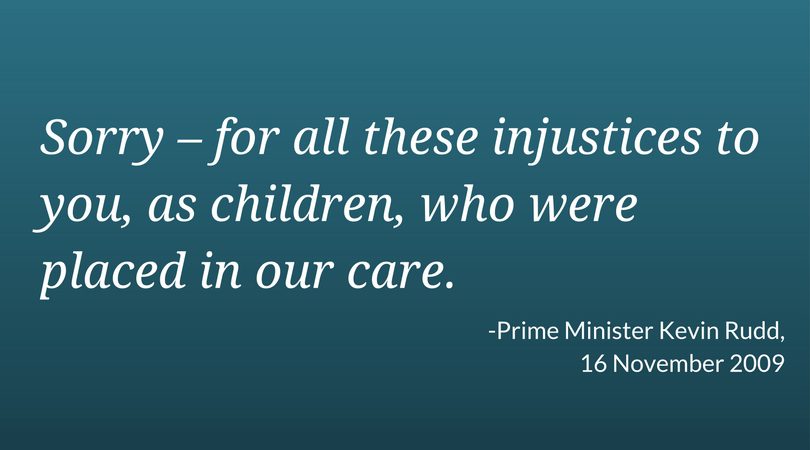From the 1920s to the 1980s, an estimated 500,000 children experienced institutional care. These children are referred to today as Forgotten Australians. They are the inspiration for the novel I’m writing.
About 7,000 of these children were child migrants from Britain, Ireland, and Malta. About 50,000 of them were Aboriginal and Torres Strait Islander children. They were removed from their families as part of the assimilation policies that began in 1905. These children are part of the Stolen Generation. The rest of them, about 450,000, were Australian-born, non-indigenous children.
The majority of the children were not orphans. Many had one or both parents still living, or other living relatives. They were made state wards and placed into institutional care for reasons related to poverty and family breakdown. Until the 1970s, there was almost no support for families in financial need, resources for immigrant families, or affordable childcare for single mothers or fathers. Unwed mothers were pressured to give up their children. Children with disabilities were also commonly institutionalised.
In 2003-04, a Senate enquiry into children in institutionalised care was conducted. The executive summary states:
The Committee received hundreds of graphic and disturbing accounts about the treatment and care experienced by children in out-of-home care. Many care leavers showed immense courage in putting intensely personal life stories on the public record. Their stories outlined a litany of emotional, physical and sexual abuse, and often criminal physical and sexual assault. Their stories also told of neglect, humiliation and deprivation of food, education and healthcare. Such abuse and assault was widespread across institutions, across States and across the government, religious and other care providers.
But the overwhelming response as to treatment in care, even among those that made positive comments was the lack of love, affection and nurturing that was never provided to young children at critical times during their emotional development.
In 2009, Prime Minister Kevin Rudd issued a national apology to the Forgotten Australians.
My partner, Theo, is one of the Forgotten Australians. He was born in Australia to Greek immigrant parents who experienced health and financial struggles. He was placed in institutional care when he was three years old. This week, we went searching for some of the facilities.
The first one we went to was the former site of Allambie Reception Centre. It was originally called Kildonan Children’s Home, a home for neglected inner-city children run by the Presbyterian Church of Victoria since 1937. The Victorian government bought the property and opened it as Allambie in 1961. It was a reception and transit centre designed to accommodate 90 children including babies and toddlers, but was often overcrowded. Allambie closed in 1990. The site is now part of the Burwood campus of Deakin University.
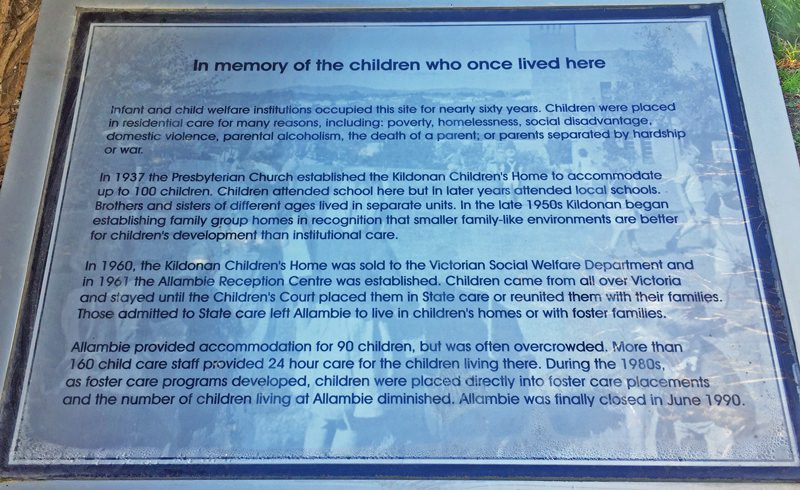
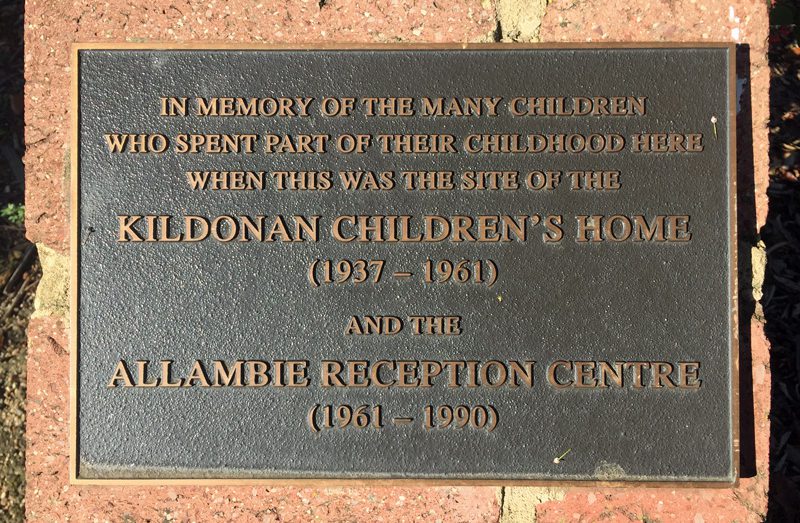
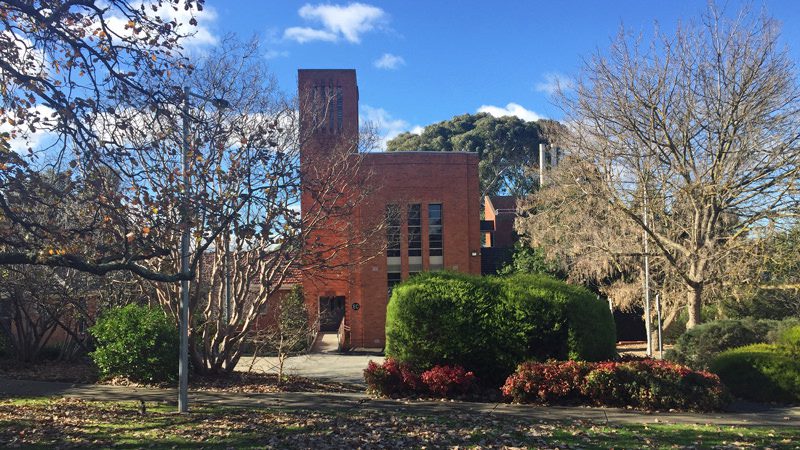
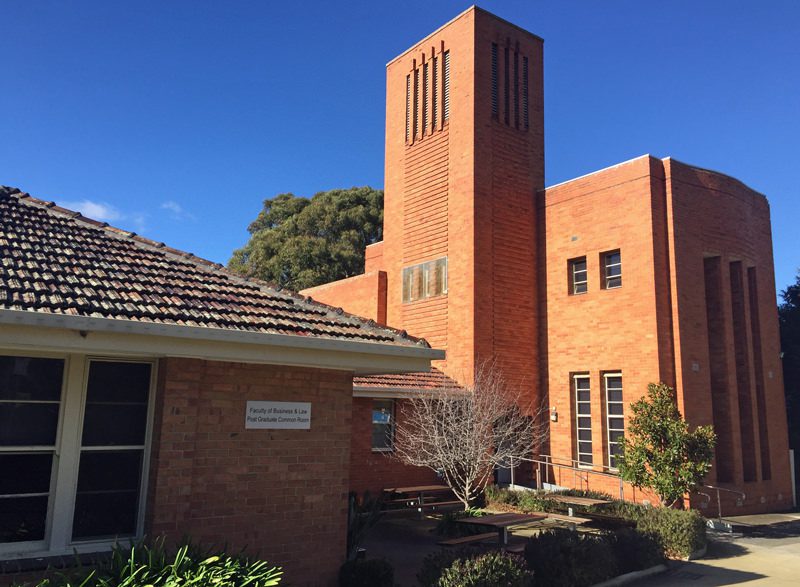
We went inside the building. It has three floors. The basement contains record archives. The ground and first floors have offices, classrooms, and prayer rooms. It’s modern on the inside. We also walked around the property. I was struck by how small it was. It’s hard to imagine that over a 100 children lived here. There is another small building next to it and we think those were the dormitories.
Theo spent about a year or two here. He was transferred to the William Booth Girls’ Home. Run by the Salvation Army, this was a home for girls aged between 4 and 14 located on Brinsley Road in East Camberwell. Theo joined his sisters there.
We drove up and down the short street and couldn’t find the property. On Google, I learned that it’s gone. It once sat somewhere on what is now a reserve. There isn’t even a memorial sign.
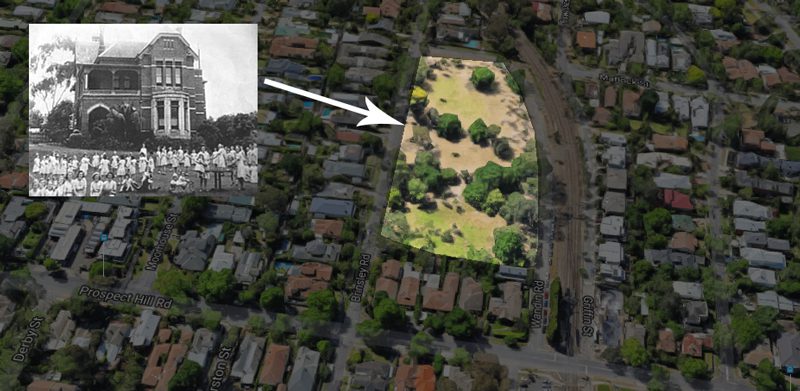
Our final stop was the Presbyterian Babies’ Home in Camberwell where Theo’s baby brother was temporarily placed. The building is still there. It’s called Hedley Sutton. It’s a residential aged care community owned by Baptcare (Baptist Church). Its website says Hedley Sutton is set on the grounds of “the grand Linda Mansion”. We didn’t spot any memorial signs.
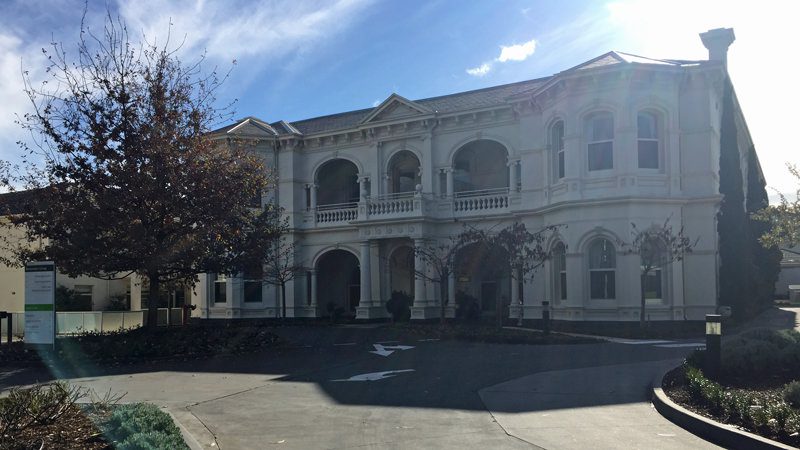
That was enough for one day.
Forgotten Australians are encouraged to seek support. The Alliance for Forgotten Australians has a list of resources on its website here. Other Australians who have experienced childhood trauma can contact Blue Knot Foundation on 1300 657 380 or their website here.

